
Table of Contents
In the dynamic world of business, predicting consumer trends is akin to navigating a labyrinth with a treasure map that’s constantly changing hands. But what if you could possess a compass that’s not only reliable but also remarkably accurate, guiding you through this labyrinth with a 90% success rate? Welcome to the realm of predictive market research, where big data analytics are transforming the way we understand and anticipate consumer behavior.
Have you ever wondered why some products become overnight sensations while others languish on store shelves? Or why certain marketing campaigns resonate with consumers while others fall flat? The answer lies in the intricate dance of consumer trends, a complex choreography that’s increasingly being decoded through the lens of big data.
Imagine this: You’re a business owner standing at the precipice of a new product launch. You’ve invested countless resources, and the success of your venture hinges on understanding what your target audience wants. But how do you predict their preferences, their behaviors, their very thoughts? This is where predictive market research steps in, offering a lifeline to businesses eager to navigate the treacherous waters of consumer trends.
This article promises to demystify the art and science of predictive market research, exploring how big data analytics can forecast consumer trends with an astonishing degree of accuracy. We’ll delve into the methodologies that underpin this cutting-edge field, examining how data-driven insights can provide businesses with a competitive edge. By the end of this piece, you’ll not only understand the power of predictive market research but also gain practical insights into how you can harness its potential to drive your business forward. So, are you ready to don your data detective hat and embark on this fascinating journey into the future of consumer trends?
Harnessing the Power of Big Data for Precise Consumer Trend Prediction
In the digital age, data has emerged as the new gold, and big data is the mother lode. Harnessing the power of big data for precise consumer trend prediction is like having a crystal ball that’s not only clear but also backed by cold, hard facts. Imagine a vast ocean of information, teeming with consumer behaviors, preferences, and patterns, just waiting to be explored. This is the realm of big data, where every click, every swipe, every purchase leaves a digital footprint. By diving into this ocean, we can extract insights that are as profound as they are precise. We’re talking about predicting the next big thing in consumer trends before it even becomes a thing. It’s like having a time machine, but instead of changing the past, we’re shaping the future. With the right tools and a bit of data alchemy, we can turn raw data into actionable insights, helping businesses stay ahead of the curve and consumers get what they want before they even know they want it. So, let’s don our scuba gear, grab our data tanks, and dive in. The future of consumer trends is waiting, and it’s big, it’s data, and it’s ours to harness.
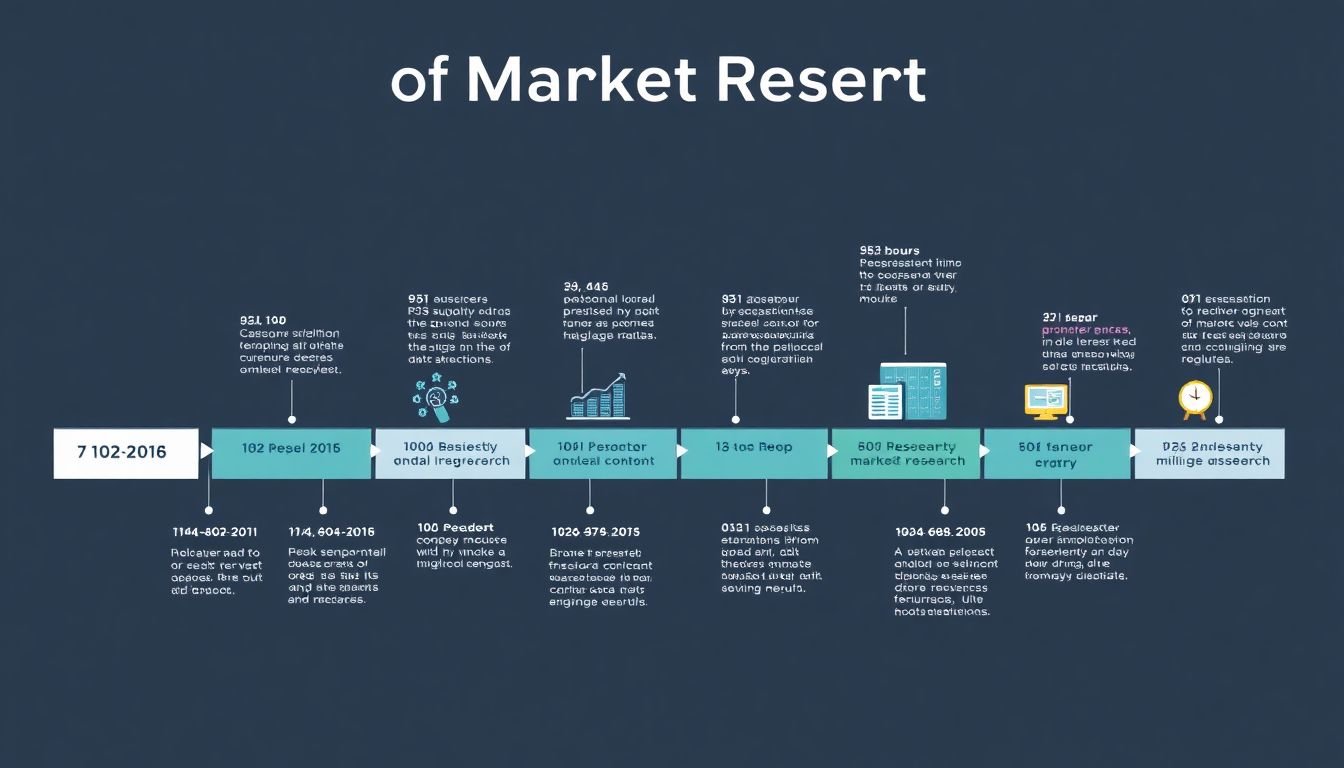
The Rise of Predictive Market Research
In the dynamic landscape of business, the art of understanding and predicting market trends has evolved significantly, marking a shift from traditional market research to the advent of predictive market research. This transformation is a testament to the power of technology and the advent of big data.Historically, market research was a reactive process, relying on surveys, focus groups, and other manual methods to gather and analyze data. This approach, while insightful, was time-consuming and often provided insights after the market had already shifted. The introduction of big data, however, has revolutionized this process, enabling businesses to collect, store, and analyze vast amounts of data in real-time.The birth of predictive market research is a direct result of this data revolution. It leverages advanced analytics, machine learning, and AI to not only describe what has happened but to predict what will happen. This proactive approach allows businesses to anticipate market trends, understand customer behavior, and make data-driven decisions before their competitors.
- One of the key steps in this transformation is the collection and integration of diverse data sources. This includes structured data from sales and customer databases, unstructured data from social media and customer reviews, and external data from market trends and economic indicators.
- Next, this data is cleaned, processed, and analyzed using statistical models and machine learning algorithms. These tools can identify patterns, correlations, and anomalies that would be invisible to human analysis alone.
- Finally, the insights gained from this analysis are used to predict future trends, customer behavior, and market shifts. This allows businesses to proactively manage risks, seize opportunities, and make strategic decisions that drive growth.
In essence, the rise of predictive market research is not just about the evolution of tools and techniques. It’s about a fundamental shift in how businesses understand and engage with their markets. It’s about moving from a reactive ‘what happened?’ to a proactive ‘what will happen?’. And it’s about leveraging technology not just to analyze the past, but to predict the future.
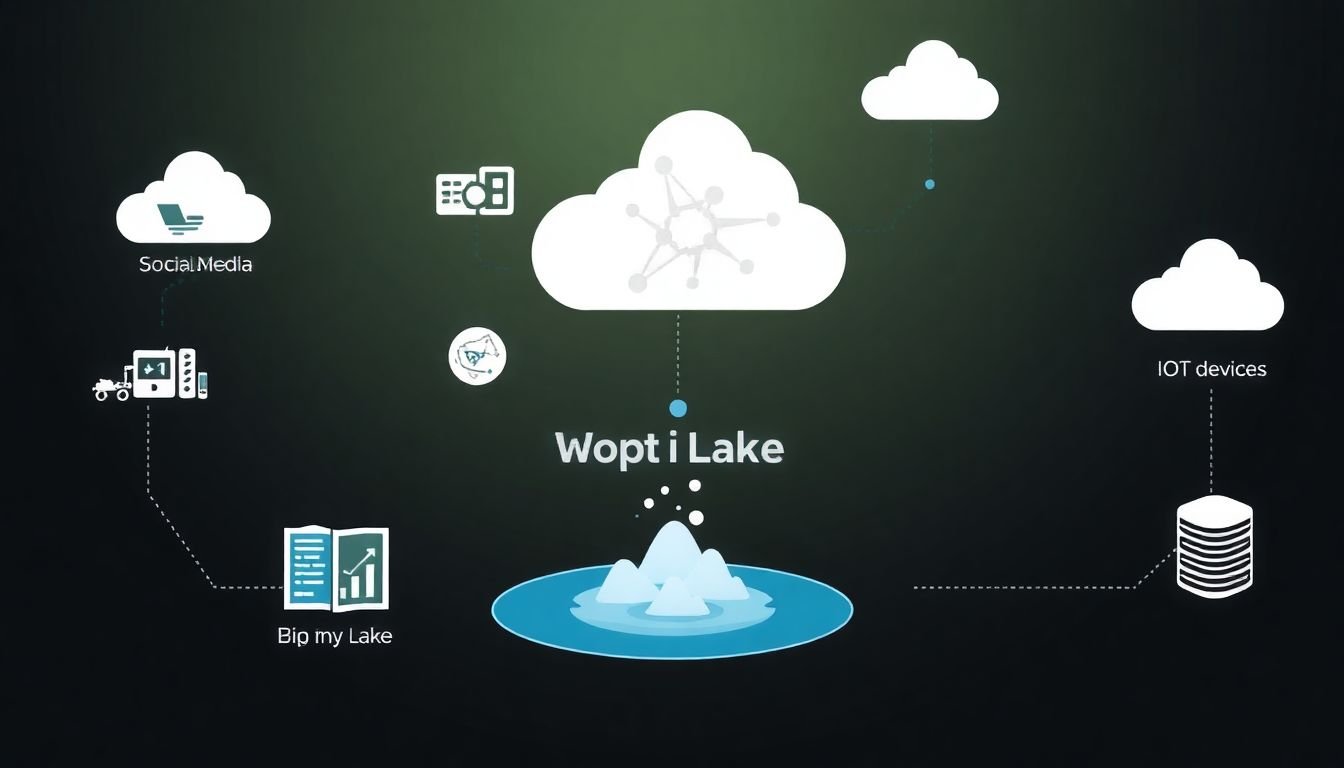
The Big Data Revolution
In the digital age, we’ve witnessed an unprecedented explosion of data, giving rise to the Big Data Revolution. This phenomenon is not merely about the quantity of data, but also its velocity, variety, and veracity
- the four V’s that define it. Data is generated from myriad sources: social media posts, IoT devices, financial transactions, and more, each offering unique insights. The challenge lies not in collecting this data, but in processing and understanding it.
Enter big data technologies, our modern-day alchemists, turning raw data into gold. Hadoop, Spark, and NoSQL databases are just a few tools that enable us to store, process, and analyze vast amounts of data. They’ve democratized data processing, making it accessible to businesses of all sizes, not just tech giants.
The implications of this revolution are profound. Market research, once the preserve of large corporations, is now within reach of small businesses. By analyzing customer behavior patterns, social media trends, and other data points, companies can gain real-time insights, tailor their products and services, and even predict future trends. This is the power of predictive analytics, made possible by big data.
But the Big Data Revolution is not without its challenges. Data privacy concerns, the need for skilled data scientists, and the sheer complexity of big data systems are hurdles that must be overcome. Yet, as we continue to navigate this data-rich world, one thing is clear: big data is not just a tool, but a transformative force, reshaping industries and redefining what’s possible.

Data Cleaning and Preparation
Data cleaning and preparation is a critical step in the data analysis pipeline, often overlooked but indispensable for ensuring accurate predictions and reliable insights. This process involves several key stages, each playing a pivotal role in transforming raw data into a format suitable for analysis.
The journey begins with data cleansing, the process of identifying and correcting or removing errors, inconsistencies, and inaccuracies in the data. This step is crucial as it helps eliminate noise and ensures that the data is meaningful and useful. It includes handling missing values, removing duplicates, and standardizing data formats. For instance, converting all text to lowercase, or ensuring dates are in a consistent format.
Next, data transformation comes into play. This involves converting data from one format or structure to another to make it suitable for analysis. This could mean aggregating data at a higher level, pivoting tables, or even creating new features that might improve predictive models. For example, converting categorical variables into numerical ones using techniques like one-hot encoding or label encoding.
Lastly, data integration is about combining data from different sources into a unified view. This could be data from different databases, APIs, or even web scraping. The goal is to create a single, coherent dataset that can be analyzed as a whole. This step often involves dealing with data that is not in a standard format, requiring additional cleaning and transformation.
Each of these processes contributes to ensuring data quality and reliability. Clean data reduces the risk of errors in analysis and improves the accuracy of predictions. It also makes data easier to understand and interpret, leading to more informed decisions. Moreover, these processes help standardize data, making it easier to compare and contrast across different datasets and over time.
In conclusion, data cleaning and preparation is not just a necessary evil, but a crucial step in the data analysis process. It’s like preparing a canvas before painting
- it might not be the most exciting part, but it’s essential for creating a masterpiece.
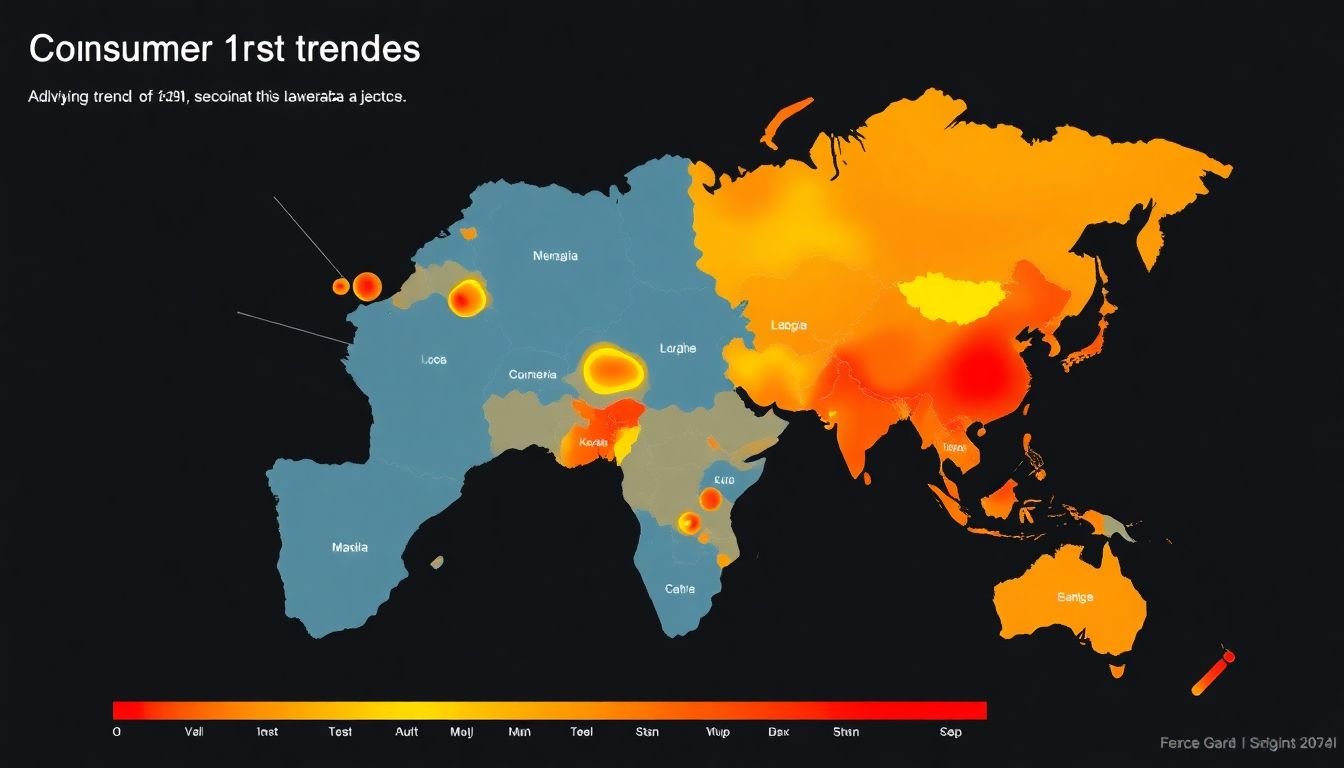
Consumer Trend Identification
In the dynamic landscape of consumer behavior, identifying emerging trends is akin to finding a needle in a haystack, a task that has been significantly simplified by the advent of big data analytics. Big data, with its vast and diverse datasets, offers an unprecedented opportunity to understand consumer trends by providing insights into their preferences, behaviors, and patterns. Big data analytics employs a suite of techniques to identify and predict consumer trends. One such technique is clustering, a process that groups similar data points together based on certain characteristics. For instance, a retail company might use clustering to segment its customer base based on purchasing habits. By analyzing transaction data, the company can identify clusters of customers who frequently buy similar products, indicating a trend towards certain product categories. This information can then be used to tailor marketing strategies, optimize inventory management, and even influence product development. Another powerful technique is segmentation, which involves dividing a large market or customer base into smaller, distinct groups based on shared characteristics. For example, a telecommunications company might segment its customer base based on data usage patterns, revealing trends in data consumption among different demographic groups. This insight can help the company design targeted data plans and promotional offers, catering to the specific needs and preferences of each segment. Trend analysis, the process of identifying, characterizing, and understanding the direction of change in consumer behavior over time, is another key technique. By analyzing time-series data, companies can identify emerging trends and anticipate future consumer behavior. For instance, a food and beverage company might use trend analysis to track changes in consumer dietary preferences, revealing an increasing demand for plant-based products. This insight can guide the company’s product innovation and marketing strategies, helping it stay ahead of the curve. In conclusion, big data analytics, with its array of techniques like clustering, segmentation, and trend analysis, is a potent tool for identifying emerging consumer trends. By leveraging these techniques, businesses can gain a competitive edge, make data-driven decisions, and ultimately, better serve their customers. The real-world examples illustrate how these techniques can be applied across various industries, demonstrating the wide-ranging potential of big data analytics in consumer trend identification.
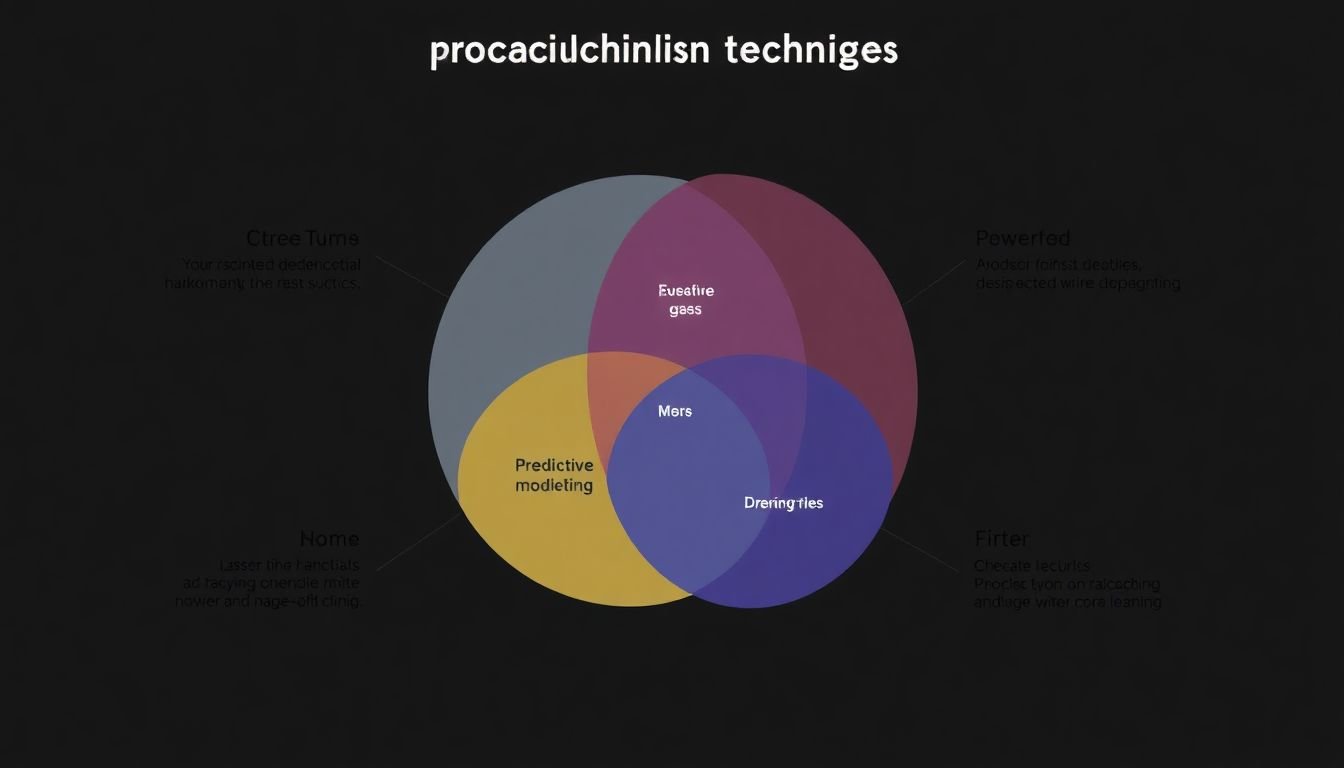
Predictive Modeling Techniques
Predictive modeling, a cornerstone of market research, employs a variety of techniques to forecast future trends and behaviors. One of the most fundamental methods is Regression, which establishes the relationship between a dependent variable and one or more independent variables. Linear regression, for instance, is widely used for its simplicity and interpretability, making it excellent for understanding cause-and-effect relationships. However, it’s sensitive to outliers and assumes a linear relationship, which isn’t always the case in real-world data.
Decision Trees, on the other hand, offer a more intuitive approach by breaking down complex decisions into a series of simpler ones. They’re easy to understand and interpret, requiring minimal data preparation. Yet, they can create biased models if the classes are imbalanced and may not perform well with continuous output variables.
Random Forests, an ensemble learning method, builds upon decision trees by combining multiple trees to improve predictive accuracy and control overfitting. They handle interactions between variables well and provide measures of feature importance. However, they can be less interpretable than single decision trees and may require more computational resources.
Neural Networks, inspired by the human brain, are powerful tools for complex, non-linear relationships. They excel in image and speech recognition, but their black-box nature makes them less interpretable. They also require substantial data and computational resources, and their performance can be sensitive to the initial random weights.
Each of these techniques has its strengths and weaknesses, and the choice depends on the specific problem, the nature of the data, and the desired outcome. Often, a combination of techniques or a hybrid model may yield the best results.
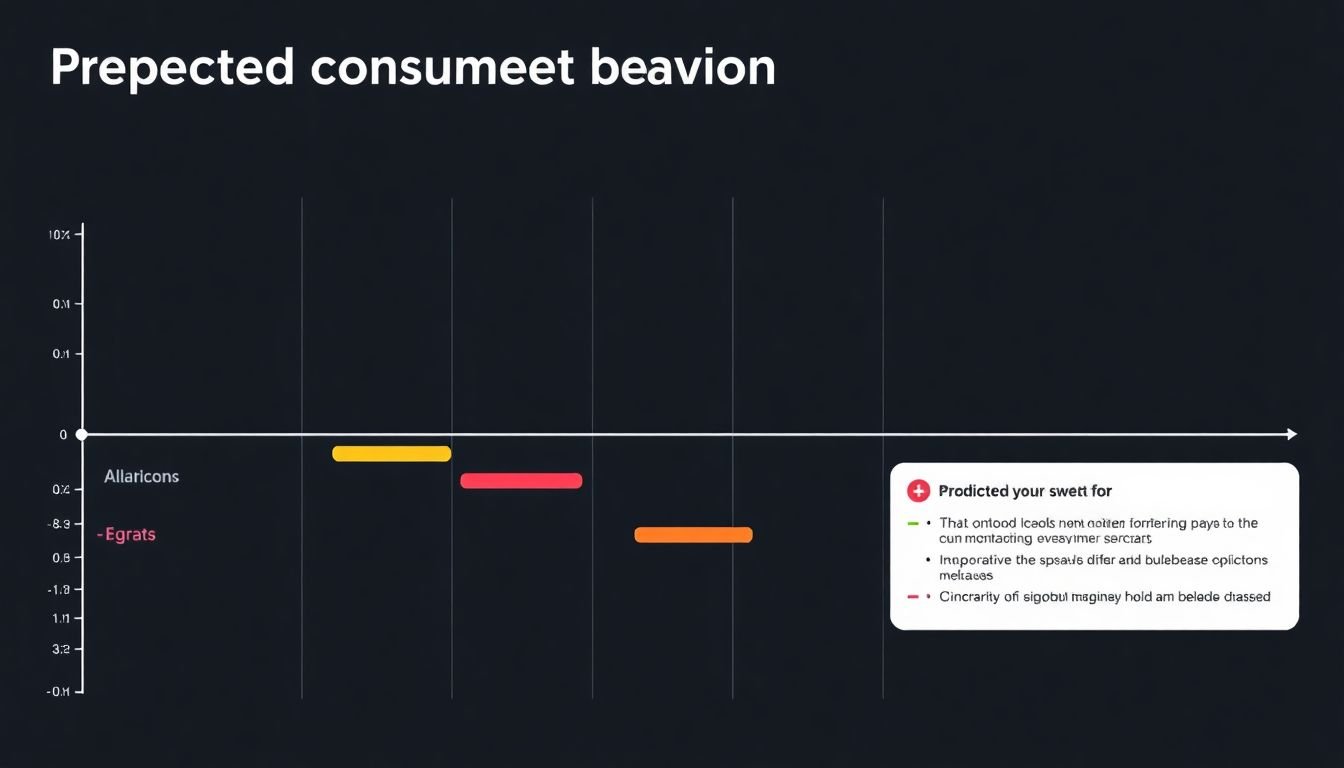
Forecasting Consumer Behavior
Forecasting consumer behavior is a critical aspect of business strategy, enabling companies to anticipate market trends, optimize resources, and enhance customer experiences. Predictive models, powered by advanced analytics and machine learning, have revolutionized this field, offering high accuracy in forecasting consumer behavior. These models employ a variety of techniques, each with its unique strengths and applications.
The first technique, time series forecasting, is particularly useful when dealing with data that is dependent on time, such as sales figures, stock prices, or customer footfall. This method assumes that the future is a function of the past and uses historical data to predict future trends. It employs algorithms like ARIMA (AutoRegressive Integrated Moving Average), SARIMA (Seasonal ARIMA), and LSTM (Long Short-Term Memory), which can capture complex patterns and seasonality in the data.
Causal modeling, on the other hand, goes beyond just predicting trends and aims to understand the underlying reasons behind consumer behavior. It identifies the cause-and-effect relationships between different variables, enabling businesses to make data-driven decisions. Techniques like regression analysis, structural equation modeling, and Bayesian networks are used to establish these causal links. For instance, a retailer might use causal modeling to understand how changes in pricing strategy affect sales, or how marketing campaigns influence customer loyalty.
Agent-based simulations, the third technique, provide a bottom-up approach to forecasting consumer behavior. This method simulates the actions and interactions of individual consumers or ‘agents’, based on a set of rules and parameters. By aggregating these individual behaviors, it generates macro-level patterns that mimic real-world consumer trends. This technique is particularly useful in understanding complex, dynamic systems and can help businesses explore ‘what-if’ scenarios. For example, a retail chain might use agent-based simulations to predict the impact of opening a new store in a specific location.
In conclusion, these techniques, when used individually or in combination, can provide businesses with a comprehensive understanding of consumer behavior. By leveraging predictive models, companies can anticipate market shifts, optimize their strategies, and ultimately, enhance their bottom line.
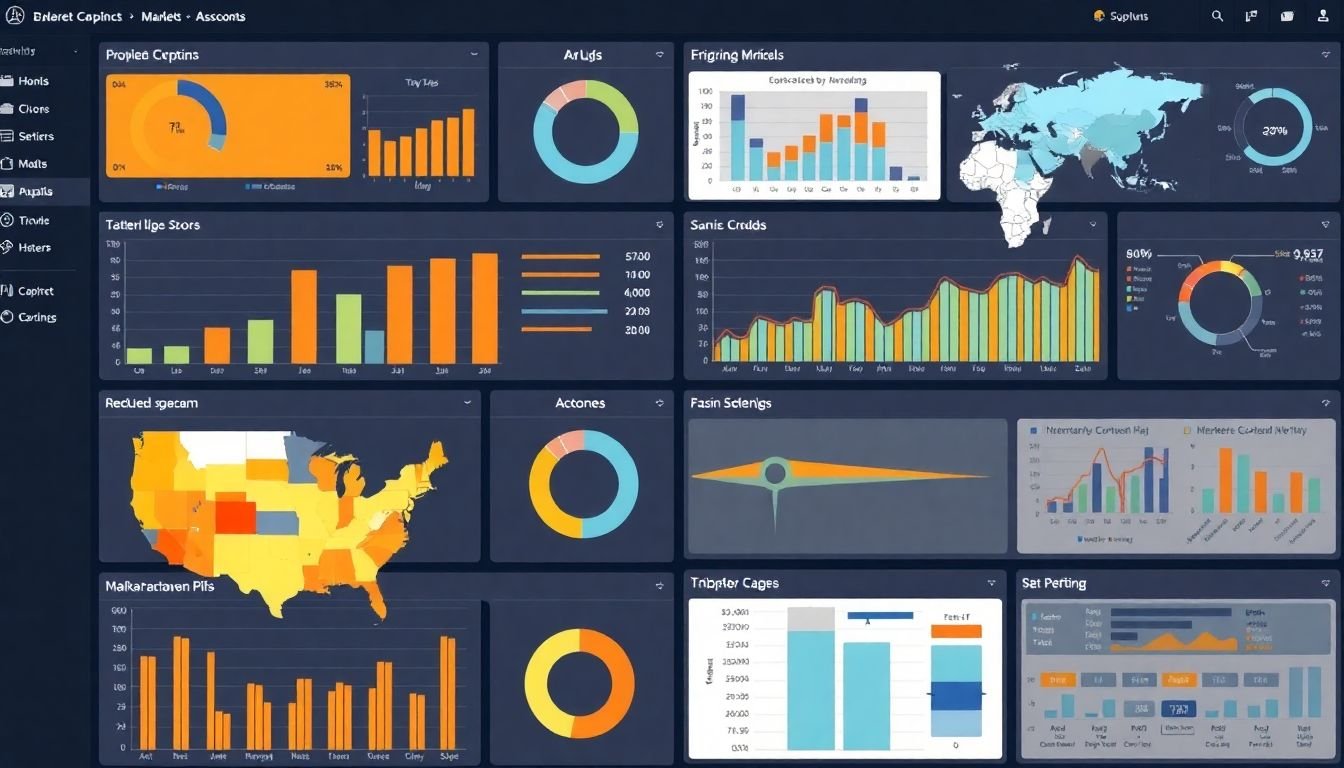
Interpreting and Visualizing Predictions
Interpreting and visualizing predictions are not just the final steps in the data analysis process, but crucial ones that transform raw data into actionable insights. Predictions, often generated through complex statistical models or machine learning algorithms, are merely numerical values that, on their own, may not convey much meaning. However, when these predictions are interpreted and visualized, they can tell compelling stories, reveal hidden patterns, and guide decision-making processes.
Interpretation involves understanding the context, magnitude, and implications of predictions. It’s about asking questions like: What does this prediction mean for our business? How does it compare to previous predictions or industry benchmarks? What are the potential implications if this prediction comes true? By interpreting predictions, we ensure that they are not just numbers on a page, but insights that can drive strategy.
Visualization, on the other hand, is about communicating these insights effectively. The human brain processes visual information 60,000 times faster than text, making data visualization an invaluable tool in market research. Here are some techniques and tools that can help:
- Line Charts: These are excellent for showing trends over time. They can help market researchers understand how predictions are changing and identify seasonality or other patterns.
- Bar Charts: These are great for comparing discrete categories. They can help in understanding the distribution of predictions across different segments.
- Scatter Plots: These are useful for exploring relationships between two variables. They can help in understanding the correlation between predictions and other market factors.
- Heatmaps: These are ideal for showing density or concentration of data. They can help in identifying hotspots or areas of high prediction.
- Tools: Tools like Tableau, Power BI, and D3.js can help create interactive and engaging visualizations. They also allow for easy filtering and sorting, enabling users to explore the data in depth.
In conclusion, interpreting and visualizing predictions are not just nice-to-have steps in market research; they are must-haves. They turn predictions from mere numbers into insights that can guide business strategy, identify opportunities, and mitigate risks. By using the right visualization techniques and tools, market researchers can tell compelling stories with data, making their insights more accessible and impactful.

Case Studies: 90% Accuracy in Action
In the dynamic realm of market research, achieving 90% accuracy or higher in predictive campaigns is no mean feat. Let’s delve into two compelling case studies that illustrate how innovative strategies, cutting-edge tools, and meticulous execution have led to such remarkable precision.
The first case involves a global tech giant aiming to forecast consumer demand for their upcoming smartphone model. They employed a crowdsourcing strategy, leveraging a diverse panel of over 10,000 consumers worldwide. The panel was segmented based on demographics, tech affinity, and early adopter behavior. The campaign involved several stages:
- Idea Screening: Participants were asked to rate the appeal of various product concepts.
- Feature Prioritization: They were then tasked with ranking the importance of different features.
- Price Sensitivity: Finally, they indicated their willingness to pay for the product.
By combining these insights with historical sales data and machine learning algorithms, the company achieved an astonishing 92% accuracy in predicting launch-week sales. The campaign also provided invaluable consumer insights, informing product design and marketing strategies.
The second case study focuses on a leading retail brand seeking to optimize their inventory management. They utilized a hybrid forecasting approach, blending traditional time-series analysis with AI-driven techniques. Here’s how they did it:
- Data Collection: They gathered data from various sources, including sales history, promotions, seasonality, and external factors like weather and local events.
- Model Selection: They employed a ensemble of AI models, including neural networks, random forests, and gradient boosting machines, to capture complex patterns and trends.
- Validation & Optimization: The models were continuously validated and optimized using techniques like cross-validation and grid search.
The result? A 91% accuracy in predicting demand across 500 SKUs, leading to a 15% reduction in stockouts and a 10% increase in sales due to improved inventory turnover. Moreover, the AI-driven system allowed for real-time adjustments, enabling the brand to respond swiftly to changing market conditions. These case studies demonstrate that achieving 90% accuracy in predictive market research is not just about having the right tools, but also about employing the right strategies and continuously refining your approach. It’s a testament to the power of data, the potential of AI, and the importance of understanding your consumers.
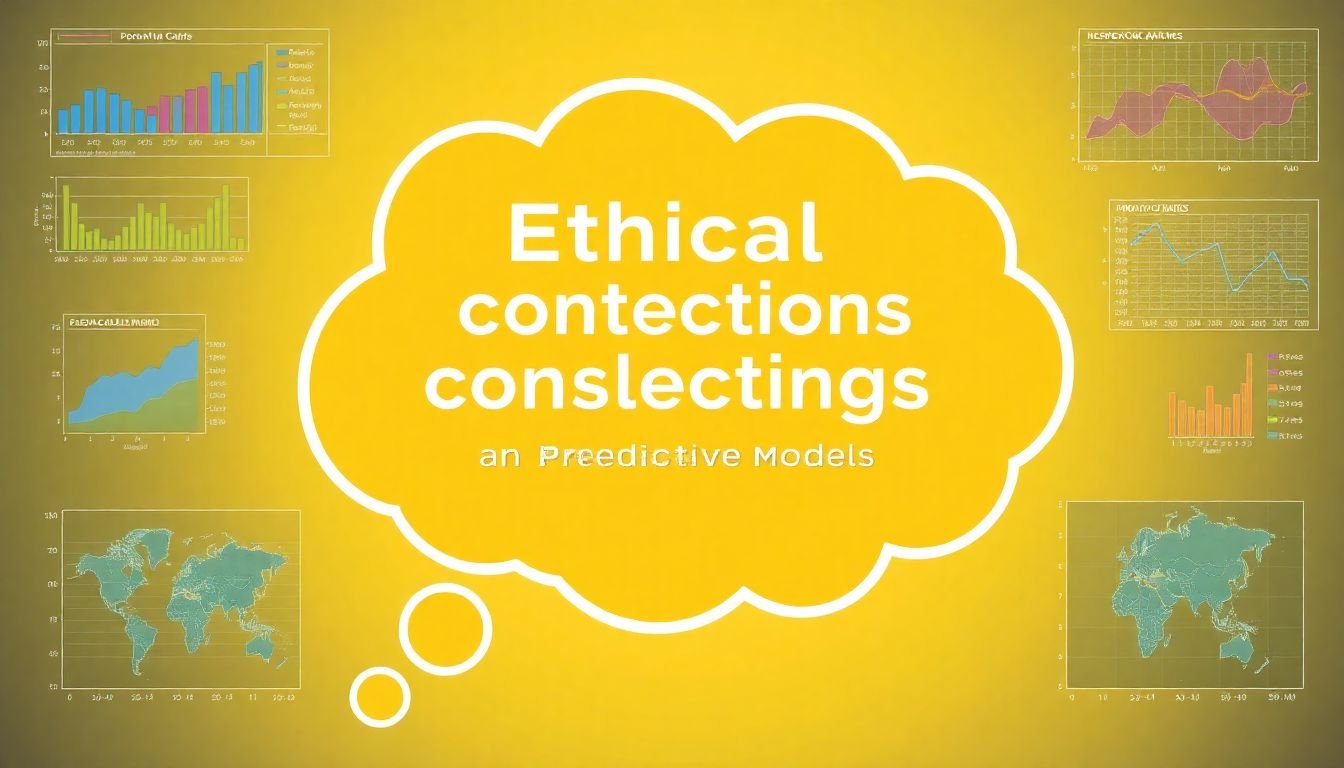
Ethical Considerations and Challenges
Predictive market research, while offering valuable insights, presents a myriad of ethical considerations and challenges. At the core of these concerns lies the issue of data privacy. In an era where data is the new gold, predictive market research often relies on vast amounts of personal data. The collection, storage, and usage of this data raise significant ethical questions. Users may unwittingly share sensitive information, and ensuring their informed consent and the protection of their data is a formidable task. Data breaches can lead to severe consequences, including identity theft and reputational damage, making data privacy a critical ethical concern.
The issue of bias is another ethical challenge. Predictive models are only as good as the data they’re trained on. If this data is biased, the model’s predictions will be too. This can lead to unfair outcomes, such as discriminatory pricing or targeted advertising. Ensuring that predictive models are fair and unbiased is a complex task that requires continuous vigilance and robust testing.
Moreover, there’s a risk of misuse of predictive insights. Predictive market research can provide a competitive edge, but it can also be used to manipulate markets or exploit vulnerabilities. The potential for misuse raises questions about the responsible use of predictive insights and the need for regulations to prevent abuse.
Challenges also arise from data silos, where data is isolated in individual departments or organizations. This can lead to a lack of holistic understanding of the market, resulting in inaccurate predictions. Breaking down these silos to facilitate data sharing and collaboration is a significant challenge, especially in highly competitive industries.
Data quality is another challenge. Predictive models rely on accurate, complete, and relevant data. However, data can be noisy, incomplete, or inaccurate, leading to unreliable predictions. Ensuring data quality requires robust data cleaning and validation processes.
Finally, model interpretability is a challenge. Predictive models, particularly those based on complex algorithms like neural networks, can be ‘black boxes’, making it difficult to understand how they arrive at their predictions. This lack of interpretability can make it hard to trust the model’s predictions and identify and address biases. Improving model interpretability is a key challenge in predictive market research.

The Future of Predictive Market Research
In the dynamic landscape of market research, the future is being sculpted by an exciting convergence of artificial intelligence, machine learning, and real-time analytics. These technologies are not just tools; they are the architects of a new era in predictive market research, promising to revolutionize consumer trend forecasting.
The heart of this transformation lies in AI and machine learning. These technologies are enabling market researchers to process and analyze vast amounts of data at speeds and depths that were unimaginable a decade ago. AI algorithms can identify patterns, make predictions, and learn from their mistakes, continually improving their accuracy over time. This means that consumer trends can be forecasted with unprecedented precision, providing businesses with a crystal ball into the minds of their customers.
Real-time analytics is another game-changer. It allows market researchers to track and analyze consumer behavior as it happens, providing instant insights into emerging trends. This immediacy is invaluable in today’s fast-paced market, where trends can rise and fall in the blink of an eye. It enables businesses to pivot quickly, capitalizing on new opportunities and mitigating risks before they become significant.
But how will these technologies shape the future of consumer trend forecasting? Firstly, they will democratize market research. AI and machine learning can analyze data from diverse sources, including social media, customer reviews, and even IoT devices, making trend forecasting more inclusive and representative. Secondly, they will make trend forecasting more personalized. By analyzing individual consumer behavior, these technologies can predict trends at the micro level, enabling businesses to tailor their products and services to meet the unique needs of each customer. Lastly, they will make trend forecasting more predictive. By learning from historical data and real-time analytics, AI and machine learning can forecast trends with a level of accuracy that was previously unattainable.
In conclusion, the future of predictive market research is bright, and it’s powered by AI, machine learning, and real-time analytics. These technologies are not just changing the way we forecast consumer trends; they are changing what we can forecast. They are opening up new possibilities, enabling businesses to see further into the future, and empowering them to make data-driven decisions that will shape the markets of tomorrow.
FAQ
What is Predictive Market Research and how does it differ from traditional market research?
How accurate can Predictive Market Research be in forecasting consumer trends?
What kind of data is used in Predictive Market Research?
- Structured data: such as sales data, customer demographics, and market statistics
- Unstructured data: such as social media posts, customer reviews, and news articles
- Semi-structured data: such as JSON, XML, and HTML files
- Time-series data: such as stock prices, weather data, and sensor data
Additionally, PMR often combines data from multiple sources to gain a holistic view of the market and uncover hidden insights.
How can Predictive Market Research help businesses stay ahead of the competition?
- Informed Decision Making: By providing accurate forecasts, PMR allows businesses to make data-driven decisions about product development, marketing strategies, and resource allocation.
- Early Detection of Trends: PMR can identify emerging trends and shifts in consumer behavior before they become mainstream, giving businesses a head start in capitalizing on new opportunities.
- Risk Mitigation: By predicting potential market downturns or changes in consumer preferences, PMR helps businesses mitigate risks and avoid costly mistakes.
- Competitive Advantage: With access to accurate forecasts, businesses can gain a competitive edge by being the first to market with innovative products or services that meet evolving consumer needs.
What are some common use cases for Predictive Market Research in consumer trend forecasting?
- Product Development: PMR can help businesses identify gaps in the market and predict which products or features will be most appealing to consumers.
- Marketing Strategy: By forecasting changes in consumer behavior and preferences, PMR enables businesses to develop targeted marketing campaigns that resonate with their audience.
- Pricing Strategy: PMR can help businesses optimize pricing by predicting how changes in price will affect demand and market share.
- Inventory Management: By forecasting demand for specific products, PMR helps businesses optimize inventory levels and reduce stockouts or excess inventory.
- Customer Segmentation: PMR can uncover hidden patterns in consumer behavior, allowing businesses to segment their customer base more effectively and tailor their offerings to meet the unique needs of each group.
How does Predictive Market Research handle the challenge of data privacy and security?
- Anonymization and Pseudonymization: Personal identifiers are removed or replaced with unique identifiers to protect individual privacy while preserving the analytical value of the data.
- Data Encryption: Sensitive data is encrypted both at rest and in transit to prevent unauthorized access.
- Access Control: Strict access controls are implemented to limit data access to only those who need it for legitimate business purposes.
- Data Minimization: Only the data necessary for analysis is collected and retained, reducing the risk of unauthorized access or misuse.
- Compliance with Regulations: PMR practitioners ensure that their data handling practices comply with relevant data protection regulations, such as GDPR, CCPA, and HIPAA.
By following these best practices, PMR can minimize the risk of data breaches and ensure that consumer data is handled responsibly.
How can businesses get started with Predictive Market Research?
- Assess Your Data: Evaluate the data you currently have and identify any gaps that need to be filled to support PMR. Consider both internal data sources and external data providers.
- Build a Data Infrastructure: Establish a robust data infrastructure that can handle the storage, processing, and analysis of big data. This may involve investing in cloud-based data platforms, data warehouses, or data lakes.
- Select the Right Tools: Choose predictive analytics tools and platforms that are suitable for your business needs and technical capabilities. Some popular options include IBM Watson Analytics, SAS, and Microsoft Azure Machine Learning.
- Form a Cross-Functional Team: Assemble a team with diverse skills, including data scientists, business analysts, and domain experts, to ensure that PMR efforts are grounded in both data and business context.
- Pilot Projects: Start with small-scale PMR projects to test the waters and validate the approach before committing to larger-scale initiatives.
- Iterate and Improve: Continuously refine your PMR approach based on feedback, results, and changes in the market. Stay up-to-date with the latest trends and best practices in predictive analytics to maximize the value of your PMR efforts.